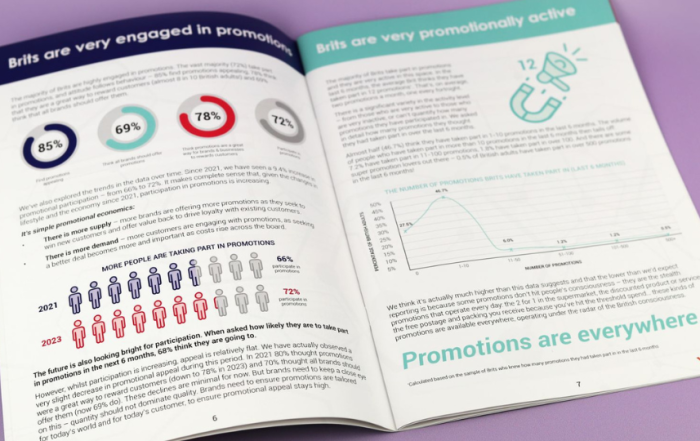
Breaking Down the UK’s Consultation on ‘Less Healthy’ Food Advertising
18th December 2023
Responding to rising concerns over childhood obesity and public health, the UK has amended the Communications Act 2003, introducing significant changes to the advertising of high fat, salt, or sugar (HFSS) products. These amendments, particularly targeting ‘less healthy’ products within the HFSS category, are driven by increasing concerns about childhood obesity and public health. A key aspect of these new regulations is their expansion to encompass online advertising, acknowledging the ever-growing influence of digital media on food and drink promotions. What’s currently at the forefront, however, is the public consultation phase of this process. This consultation is now open, providing a platform for everyone, from everyday consumers to industry experts, to voice their opinions and contribute to shaping the final outcome of these regulations. You can access the consultation document and share your insights through this link: Consultation on ‘Less Healthy’ Food Ads. For readers seeking more of a foundational understanding of the legislation, click here for an in-depth interview with ASA representative Andrew Taylor.
Timeline and Evolution of the Consultation Process
The journey towards these updated regulations was marked by key stages, each contributing to the final shape of the guidance:
Defining HFSS Products and the Applicable Codes
Under these new regulations, HFSS products are items that score high on the Department of Health’s nutrient profiling model. This model involves scoring foods based on their nutritional content, with ‘less healthy’ products being those that score higher due to negative nutritional aspects like fat, salt, or sugar, and a lack of beneficial nutrients. Specifically, ‘less healthy’ foods score 4 or more points, and drinks score 1 or more points. Under the new regulations, the advertising of products that break these thresholds is now more stringently regulated under both the Committee of Advertising Practice (CAP) Code and the Broadcast Committee of Advertising Practice (BCAP) Code to mitigate their visibility and appeal, especially to vulnerable groups such as children.
“HFSS products are identified through nutrient profiling, which involves apportioning positive and negative scores to different nutritional aspects of a 100g reference amount of a product. HFSS products are those foods scoring 4 or more points, and drinks scoring 1 or more points.”
CAP and BCAP Consultation Annex A
“The lack of a mention for the other exemptions which Ministers have set out causes uncertainty. When they set out their policy, Ministers were clear that there are also exemptions for business-to-business advertising, services connected to regulated radio, transactional content, and channels such as websites and social media which are owned by the brand. These exemptions have been officially mentioned nowhere in the legislation”.
Coca-Cola GB
News
What Do Brits Want from Promotions in 2026
Get ready to unpack the promotional marketing landscape for 2026 as Mando, YouGov and the IPM prepare to launch What Brits Want from Promotions 3.0...
IPM Brings AI Marketing Debate to Westminster
AI in marketing goes on trial at the House of Commons, as MPs and industry leaders debate whether it is a partner or disruptor to promotional marketing.
Piccadilly Lights Goes from Billboard Icon to Experiential Capital
Piccadilly Lights, once the crown jewel of billboard advertising, is now the beating heart of experiential marketing in London, where brands don’t just advertise, they immerse.







